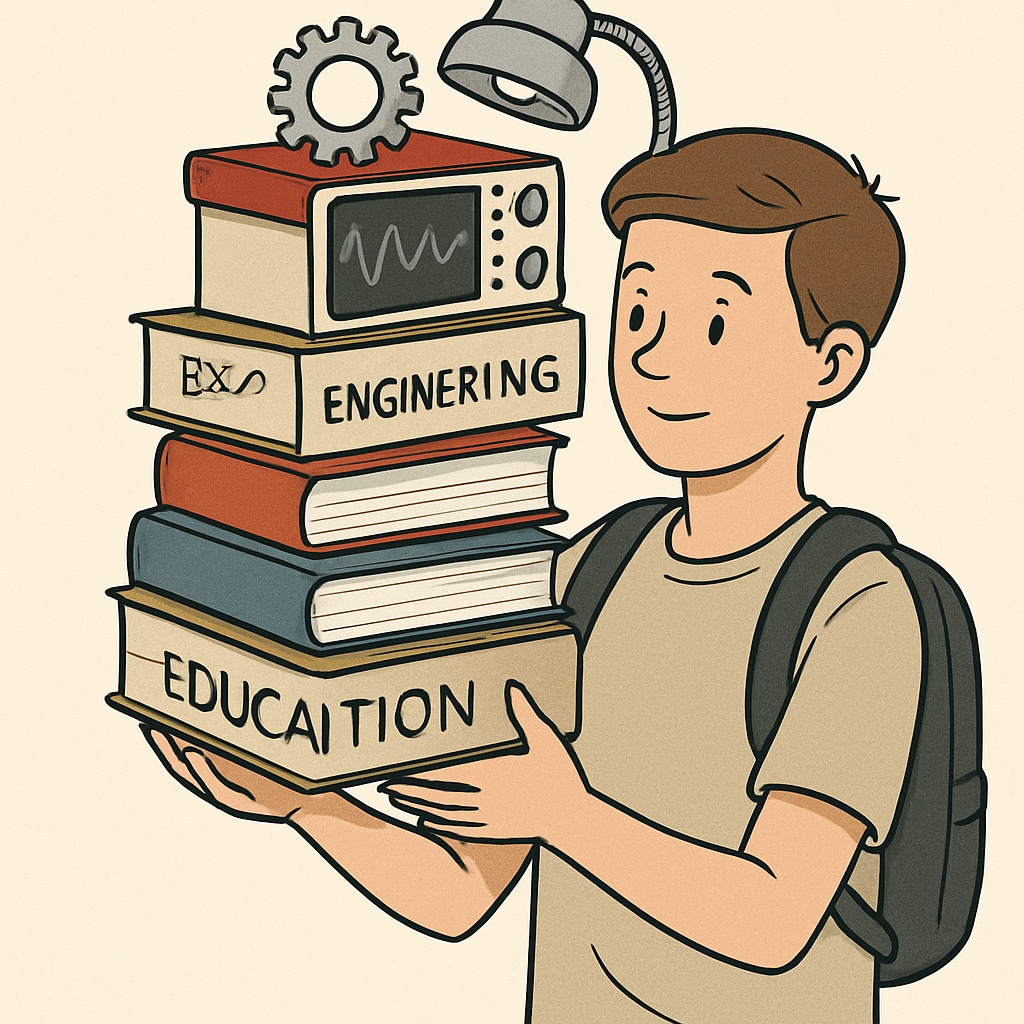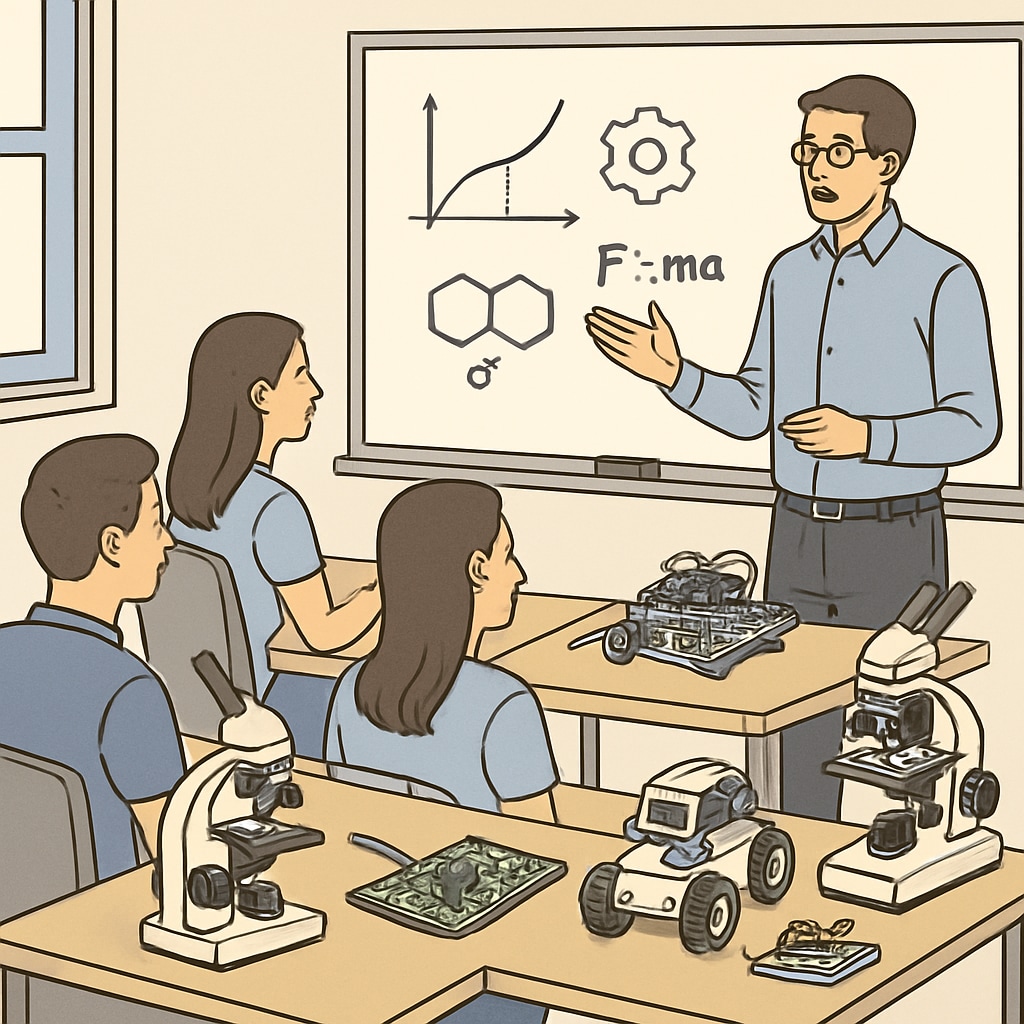Pursuing dual degrees in education and engineering offers a unique opportunity to integrate technical expertise with the skills necessary for impactful teaching. For students passionate about STEM (Science, Technology, Engineering, and Mathematics) and education, this path combines two distinct yet complementary fields. However, the journey comes with its own set of challenges and rewards, demanding careful planning and a clear vision for career goals.

Why Consider Dual Degrees in Education and Engineering?
Combining education and engineering degrees can open the gates to versatile career paths. For example, graduates can teach STEM subjects in schools, develop educational technology, or work in policy-making to enhance STEM education systems. These degrees align well for individuals aiming to bridge the gap between technical innovation and educational practice.
- Career Versatility: Graduates can work as engineers, educators, or educational technology specialists.
- Impactful Contribution: STEM educators play a vital role in shaping the next generation of innovators.
- Skill Synergy: Engineering develops analytical skills, while education fosters communication and mentorship abilities.
For more information on STEM education, visit STEM education on Wikipedia.
Challenges of Pursuing Dual Degrees
While the benefits are evident, pursuing dual degrees in education and engineering can be demanding. Balancing two distinct curriculums requires exceptional time-management skills, adaptability, and dedication.
- Time Commitment: Dual degrees generally extend the duration of study compared to single degrees.
- Academic Rigor: Engineering programs often require intensive technical coursework, while education degrees demand a focus on pedagogy.
- Financial Costs: Additional semesters or credits may increase tuition and related expenses.
Despite these challenges, students can navigate the complexities through careful planning and leveraging institutional support, such as academic advisors and dual-degree program coordinators.
Strategies for Balancing Dual Degrees
To succeed in a dual-degree program, students need a structured approach. Here are some practical strategies:
- Plan Early: Understand the requirements of both degrees and map out a timeline. Consult advisors to ensure coursework overlaps or complements each other.
- Build a Support Network: Connect with peers, professors, and mentors who can provide guidance and encouragement.
- Optimize Time Management: Use tools like planners or apps to prioritize tasks and stay on track.
- Seek Internships: Gain practical experience in teaching STEM subjects or working in engineering projects with an educational focus.
For additional insights into managing academic workloads, visit Time Management on Britannica.

Career Opportunities for Dual Degree Graduates
Graduates with dual degrees in education and engineering are equipped to pursue diverse career opportunities. Some notable options include:
- STEM Educators: Teaching science, technology, engineering, and mathematics at middle or high school levels.
- Educational Technology Developers: Designing tools and software to enhance learning experiences.
- Policy Advocates: Working with organizations to improve STEM education systems and curriculums.
- Corporate Trainers: Educating professionals on technical concepts within engineering companies.
These roles allow individuals to combine their technical expertise with their passion for teaching, creating impactful contributions to both fields.
Conclusion: The Path Forward
While pursuing dual degrees in education and engineering is undoubtedly challenging, the rewards are equally compelling. Students who successfully navigate this path can enjoy diversified career options, impactful contributions to STEM education, and personal growth that comes from mastering two distinct disciplines. With the right strategies, support systems, and a clear vision, aspiring dual-degree students can turn this ambitious goal into a fulfilling reality.
As a result, the journey of becoming a “cross-disciplinary educator” is not only feasible but also highly transformative for those passionate about bridging the worlds of STEM and teaching.


